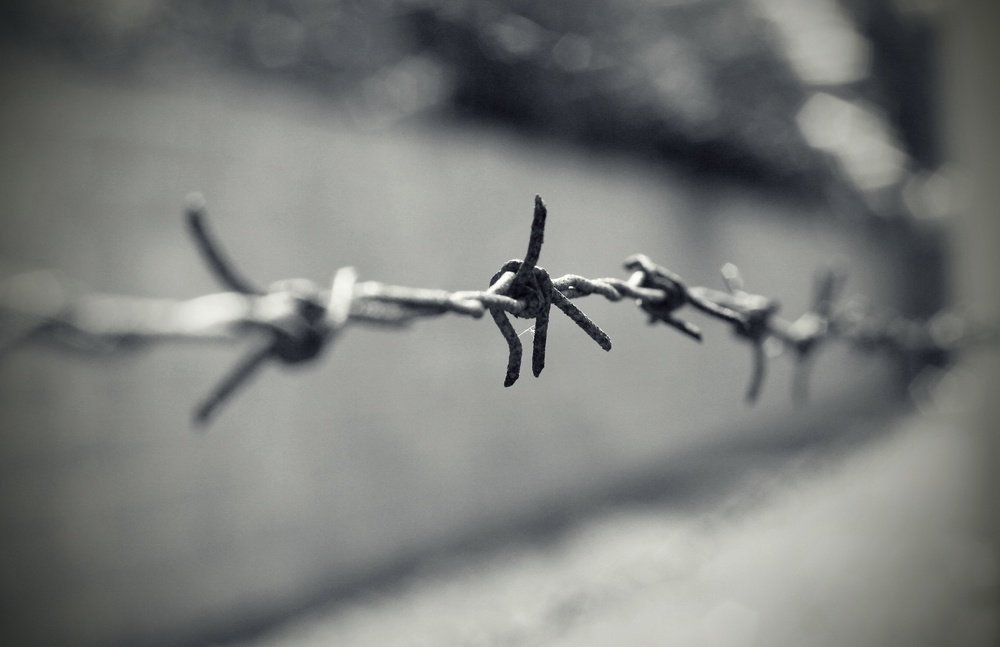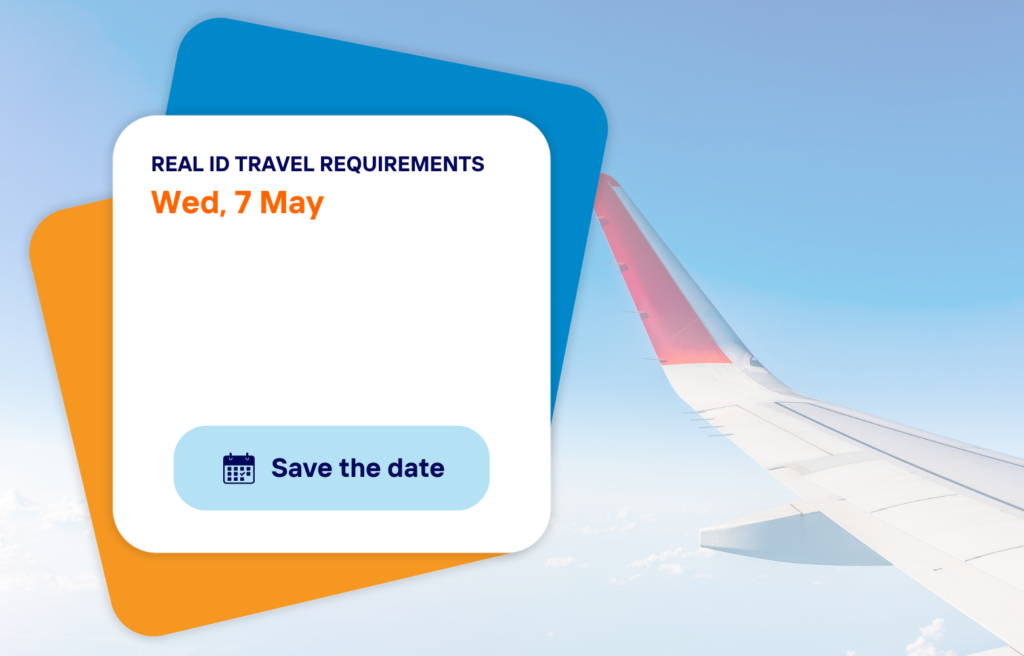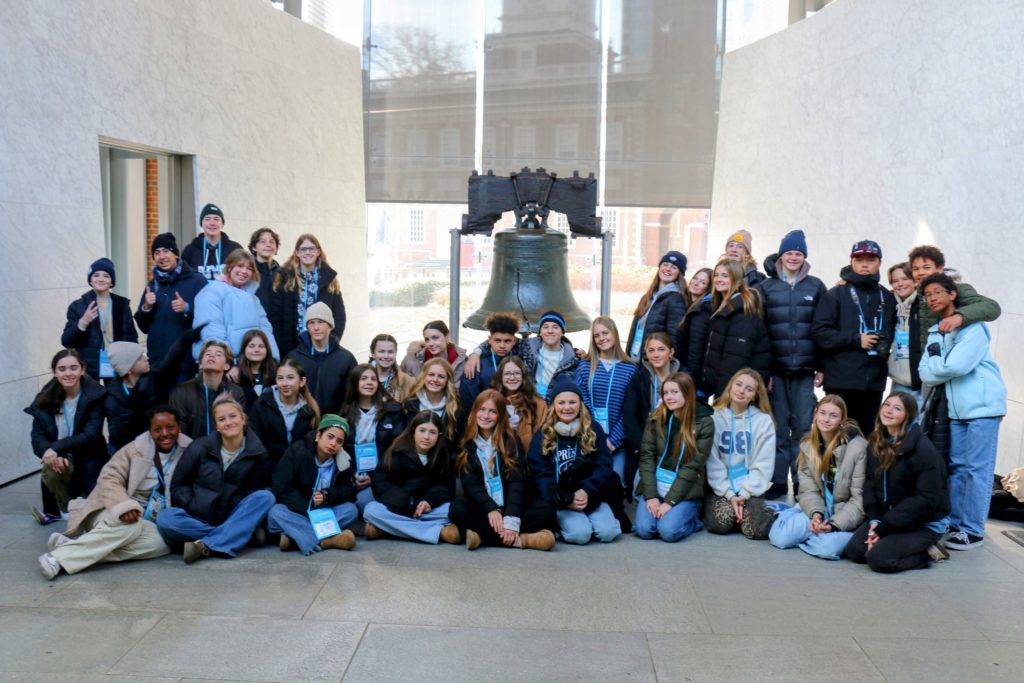SCHOOL TRIP SPOTLIGHT: The United States Holocaust Memorial Museum

When it comes to learning about the Holocaust, many middle and high school students are usually introduced to it by reading the Diary of Anne Frank, watching the Boy in the Striped Pajamas, or reading Elie Wiesel’s Night.
A visit to the U.S. Holocaust Memorial Museum brings one of the most horrific events of the 20th Century to life.
The Washington, D.C. museum is a memorial to the victims of Nazism who perished between 1933 and 1945. Eleven million people – six million European Jews and five million Roma (gypsies), disabled, Poles, homosexuals, Jehovah’s Witnesses, political rivals, prisoners of war, Catholics, and other groups deemed “inferior” – were systematically killed and exterminated by the Nazi government under dictator Adolf Hitler.
Must-See Stops:
Before embarking on your self-guided visit, you can obtain an identification card that contains an image and a short biography of an actual victim. You’ll learn about his/her background, their experiences in the ghettos and concentration camps, as well as their fate. Interestingly, several of those featured on the cards are survivors who presently work as museum staff or volunteers.
Afterward, take the elevators up to The Holocaust, the museum’s permanent exhibition. Covering three floors, it chronicles the full story of the Holocaust by the use of authentic objects rescued by survivors and Allied Forces, oral histories, photographs, and films, as well as music and artwork created in the camps. It begins with life before the Holocaust and the Nazi rise to power in the 1930s, followed by the persecution and mass murder, and ends with eyewitness testimonies about survival, rescue, and resistance.
Throughout your visit, note how the architecture is unique and symbolic of the ghettos and death camps (it was designed by a survivor, James Ingo Freed).
Time permitting, be sure to visit the Hall of Remembrance, Children’s Tile Wall, and the Daniel’s Story exhibit, which tells the history from a child’s perspective. Located next to the grand staircase on the main floor is Survivors’ Table, where on certain days of the week, you can interact with survivors as they share their stories and educate others on the dangers of prejudice and discrimination when left unchecked.
Tip: Will I need a timed pass?
Timed passes are required only during the months of March thru August and can be obtained either outside the museum entrance or on their website. Passes are not required during the Fall and Winter months.
Trip: Preparation for Entry & Security
To ensure efficient entry into the museum, be prepared to walk through “airport-style” security meaning that bags, purses, keys, and electronics must be scanned. Better yet, travel light with cash, bottled water, and a camera. No-flash photography is allowed.
The SCHOOL TRIP SPOTLIGHT is written by NationsClassroom’s licensed tour managers and guides. Written from their years of experience with student groups, the articles feature exciting attractions from the most popular student travel destinations on the historic East Coast.
For more information about a school trip to Washington, D.C., please Browse Our Tours.
Originally published August 2018, updated April 2021


